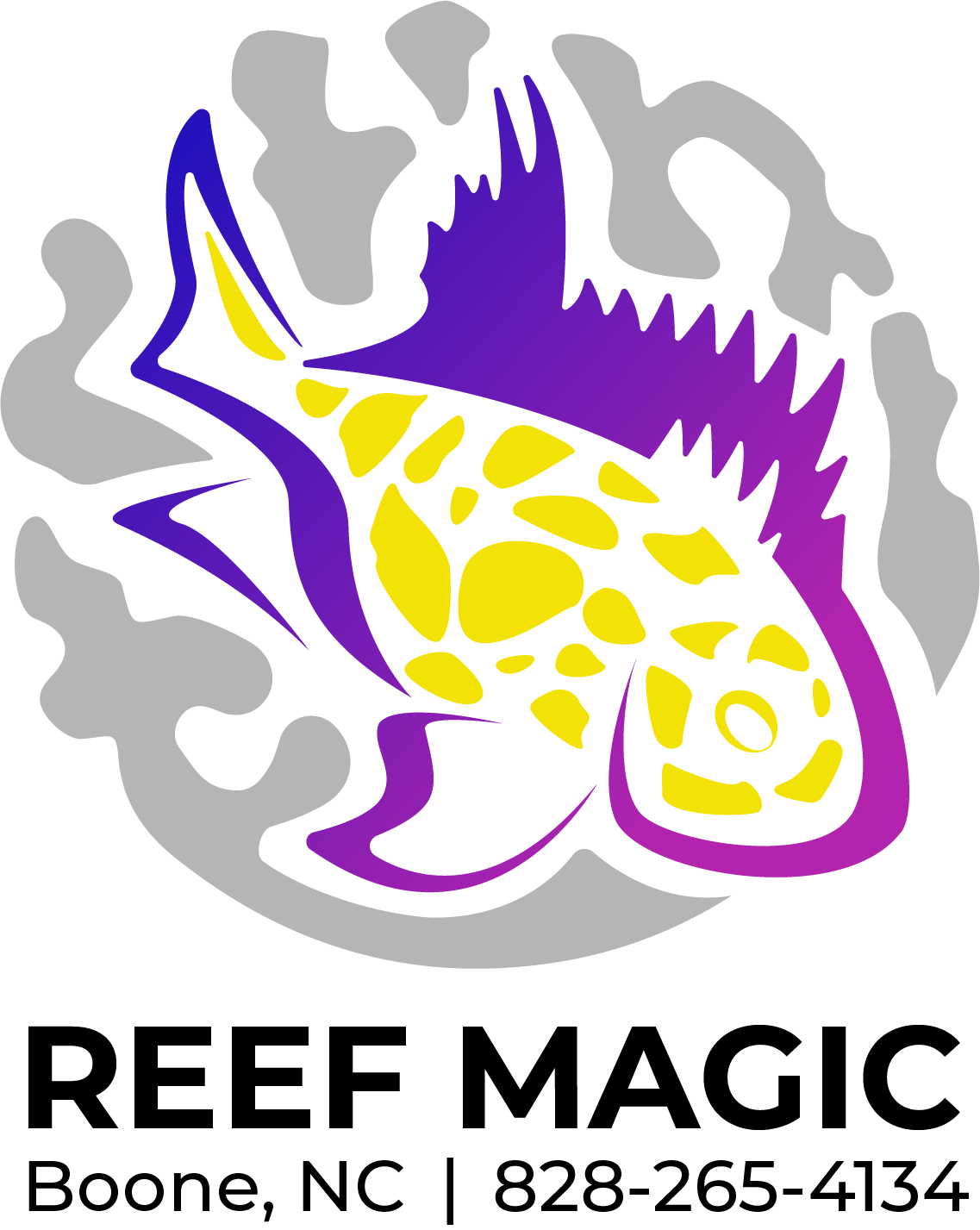 Image 1 of 1
Image 1 of 1


Tang - Convict Sm
The Convict Tang, also known as the Convict Surgeonfish or Acanthurus triostegus, is a popular and active saltwater fish species found in the Indo-Pacific region. Here are the general requirements for keeping a Convict Tang in an aquarium:
Tank size: Convict Tangs require a tank with a minimum capacity of 75 gallons (283 liters) to provide ample swimming space. Providing a larger tank will offer more room for the fish to explore and swim.
Tank setup: Create a well-decorated tank with plenty of live rock formations, caves, and crevices to mimic the natural environment of the Convict Tang. They appreciate hiding spots to retreat to when feeling threatened. The tank should also have open areas for swimming. Use sand or fine substrate to replicate their natural habitat.
Water parameters: Maintain stable water conditions within the following parameters: temperature between 72-78°F (22-26°C), pH around 8.1-8.4, and specific gravity between 1.020 and 1.025. Regular monitoring and maintenance of water parameters are important for the health of the fish.
Lighting: Provide moderate to high-quality lighting conditions in the tank to support the growth of any photosynthetic organisms and enhance the coloration of the Convict Tang.
Diet: Convict Tangs are herbivorous and primarily feed on various forms of algae in the wild. Offer them a varied diet that includes high-quality marine flakes or pellets specifically formulated for herbivorous fish. Supplement their diet with algae sheets, nori seaweed, and fresh vegetables like spinach or lettuce. It's important to provide a balanced diet that meets their nutritional needs.
Tankmates: Convict Tangs are generally peaceful and can be kept with other peaceful community fish. However, they may exhibit aggression towards other surgeonfish or fish of a similar shape and color. Choose tankmates carefully, opting for larger, robust, and peaceful species that can withstand any aggression.
Water flow: Convict Tangs prefer moderate to strong water flow in the tank. Ensure proper circulation and filtration to maintain good water quality and oxygenation. They are accustomed to living in areas with strong currents in the wild.
Acclimation: Proper acclimation is important when introducing a Convict Tang to a new tank. Gradually acclimate them to the water parameters of your tank over a period of time to minimize stress and ensure a smooth transition.
Remember to provide a stable and well-maintained environment for Convict Tangs. Regular monitoring of water parameters, a proper diet, and appropriate tankmates are crucial for their health and well-being. Research the specific requirements of the species and consult with experienced aquarists or marine biologists for proper care guidelines.
The Convict Tang, also known as the Convict Surgeonfish or Acanthurus triostegus, is a popular and active saltwater fish species found in the Indo-Pacific region. Here are the general requirements for keeping a Convict Tang in an aquarium:
Tank size: Convict Tangs require a tank with a minimum capacity of 75 gallons (283 liters) to provide ample swimming space. Providing a larger tank will offer more room for the fish to explore and swim.
Tank setup: Create a well-decorated tank with plenty of live rock formations, caves, and crevices to mimic the natural environment of the Convict Tang. They appreciate hiding spots to retreat to when feeling threatened. The tank should also have open areas for swimming. Use sand or fine substrate to replicate their natural habitat.
Water parameters: Maintain stable water conditions within the following parameters: temperature between 72-78°F (22-26°C), pH around 8.1-8.4, and specific gravity between 1.020 and 1.025. Regular monitoring and maintenance of water parameters are important for the health of the fish.
Lighting: Provide moderate to high-quality lighting conditions in the tank to support the growth of any photosynthetic organisms and enhance the coloration of the Convict Tang.
Diet: Convict Tangs are herbivorous and primarily feed on various forms of algae in the wild. Offer them a varied diet that includes high-quality marine flakes or pellets specifically formulated for herbivorous fish. Supplement their diet with algae sheets, nori seaweed, and fresh vegetables like spinach or lettuce. It's important to provide a balanced diet that meets their nutritional needs.
Tankmates: Convict Tangs are generally peaceful and can be kept with other peaceful community fish. However, they may exhibit aggression towards other surgeonfish or fish of a similar shape and color. Choose tankmates carefully, opting for larger, robust, and peaceful species that can withstand any aggression.
Water flow: Convict Tangs prefer moderate to strong water flow in the tank. Ensure proper circulation and filtration to maintain good water quality and oxygenation. They are accustomed to living in areas with strong currents in the wild.
Acclimation: Proper acclimation is important when introducing a Convict Tang to a new tank. Gradually acclimate them to the water parameters of your tank over a period of time to minimize stress and ensure a smooth transition.
Remember to provide a stable and well-maintained environment for Convict Tangs. Regular monitoring of water parameters, a proper diet, and appropriate tankmates are crucial for their health and well-being. Research the specific requirements of the species and consult with experienced aquarists or marine biologists for proper care guidelines.






